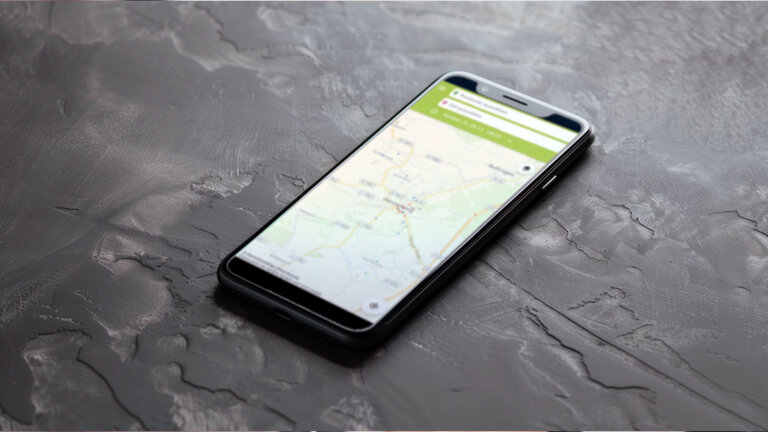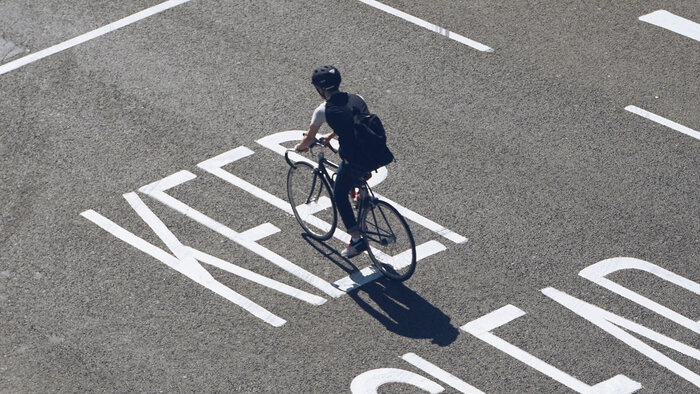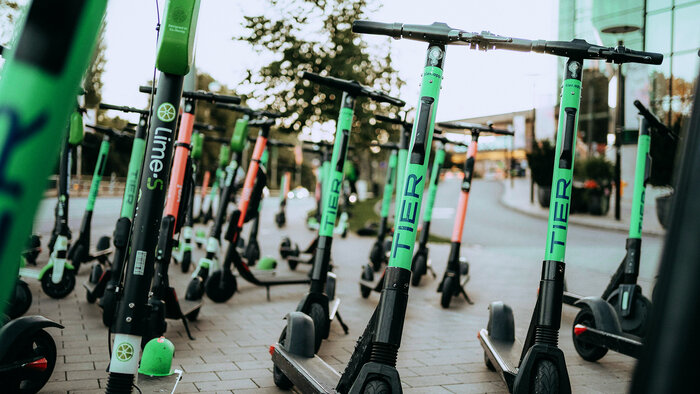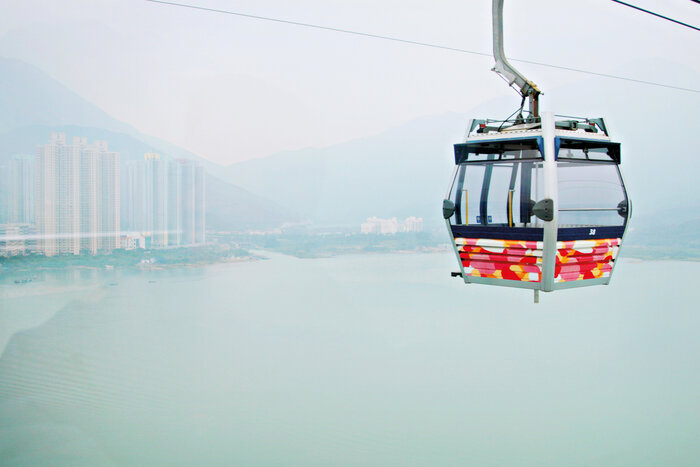Examples of sustainable mobility

Mobility is undergoing more change than ever before. We are looking for alternatives to reduce the need for conventional, combustion engine powered transport. We want to do this by developing mobility strategies, promoting cycling and expanding sharing models. All with the aim of getting closer to the 2030 climate targets.
5 principles for sustainable mobility in towns and cities:
- Digitalisation: integrate modern digital technologies to improve efficiency, safety and flexibility in transport
- Efficiency and conservation of resources: promoting shared systems, intelligent traffic management and efficient route planning
- Social inclusion and accessibility: ensuring accessibility and affordability so that transport solutions are accessible to all
- Spatial planning and urban development: creating cycle paths, pedestrian areas, green spaces and reducing private motorised transport in city centres.
- Participation and communication: involving citizens in decision-making processes and creating communication channels.
Sustainable mobility in the city of Herrenberg
Cargo bikes, charging stations, available parking spaces: this and much more information is provided by stadtnavi Herrenberg. The town of Herrenberg's mobility platform is regional, environmentally friendly and networked, with the motto From the region for the region. As one of the five model towns for mobility in Germany, quite a lot is going on here.
The German federal government has been supporting five model towns since August 2018, with the aim of promoting climate-friendly transportation. The authorities in the model town of Herrenberg have also decided on a package of clean-air measures. The set of measures includes implementing a dedicated, environmentally friendly, intermodal mobility platform in a rural region, far away from urban areas. As Drees & Sommer can look back on a long and successful history of cooperation with the town of Herrenberg, the team was also commissioned for this project. No sooner said than done: Drees & Sommer’s mobility experts took over the stadtnavi project, with a timeframe limited to just three months. And now it is time to act.
Implementation of mobility concepts
Development and the app had to be in the bag within only ten weeks. The existing status of stadtnavi development and the initial work by the development team served as a basis. This was no problem for our experts at the front. Backed by a clear idea and agile project management, nine further development goals were defined, formulated, put out to tender and commissioned within the first few weeks of the project. In the end, the fast-track project was successfully completed on the deadline date.
Right up to the last minute, the well-established project team achieved a precision landing in close cooperation with the town of Herrenberg, and were able to present the ready-to-use product.
Sustainable mobility creates advantages
The biggest advantage over other mobility platforms is the regional nature of stadtnavi. Local information, such as the location of privately-operated cargo bikes, can be found in the map. In addition, it definitely makes more sense for the public sector to be responsible for traffic control rather than private companies. This is the only way to focus on the interests of the users and to operate transport with sustainable mobility in mind, without ulterior motives driven by profit.
Another plus point is that stadtnavi is an open-source solution. As a result, the money was not invested in just one town. Instead, a solution was developed that is available to every local authority in Germany and can be developed without limitation.
Drees & Sommer’s mobility experts have the vision of supporting the continuous development of stadtnavi and making the open-source project available to other towns and administrative districts. Because sustainable mobility in the interests of the environment has top priority. This delivers something for everyone, and the environment does not come off badly, either.
This article has been updated // Original article published in November 2021


